Written By Colby Hopkins
The 2008 financial crisis stands as one of the most devastating times in modern US economic history as 8.8 million jobs were lost, house prices declined an average of 40%, and the S&P 500 decreased 38.5% in 2008 (Silver, 2023). Although there were numerous contributing factors such as the infamous housing bubble, deregulation in the financial industry, and excessive risk-taking by lenders, there is one pivotal event that often goes unnoticed in contributing to one of the worst crises of the 21st century: the bankruptcy of the Lehman Brothers. At the time, Lehman Brothers was considered the fourth largest investment banking firm in the US behind Goldman Sachs, Morgan Stanley, and Merrill Lynch; however, after suffering significant losses, it was forced to file for bankruptcy on September 15, 2008 leading to the biggest bankruptcy in US history. In this analysis, we will explore their downfall as a corporation, the effects it had on the overall crisis, and the broader implications for the future financial landscape.
Founded in 1844 by Henry, Emmanuel, and Mayer Lehman in Montgomery, Alabama, the Lehman Brothers began as a modest cotton brokerage company before gradually expanding into commodity trading and brokerage services. After several decades of building the business and developing partnerships in the rapidly expanding US economy, they quickly became one of the largest corporations in the world (Lioudis, 2023). Building a portfolio of billions of dollars in assets and enduring for over a century by weathering events like The Great Depression and two World Wars, many – other than a very few economists and analysts – never would’ve considered the collapse of Lehman Brothers imminent. However, on September 15, 2008, their unforeseen bankruptcy came due to risky mortgages and lack of sufficient collateral.
The primary factor behind the collapse of Lehman Brothers was their involvement in risky and unsustainable mortgage-backed securities (MBS) tied to the subprime housing market. Lehman Brothers, like many of the other financial institutions at the time, invested heavily in MBS and other collateralized debt obligations (CDOs). In the early 2000s, these investments were standard practice; however, once the housing market started to decline, the value of these securities started to deteriorate rapidly. As the subprime mortgages underlying these securities began to default at alarming rates, investor confidence plummeted leading to a loss in trust in Lehman Brothers. Unable to fully recover all of their losses, Lehman Brothers were forced to file for bankruptcy.
The Lehman Brothers’ bankruptcy not only resulted in the unemployment of 25,000 of its own employees, it also exacerbated the economic conditions during the 2008 financial crisis (Lioudis, 2023). “Citing $613 billion in debts on assets of $639 billion,” the largest bankruptcy in US history led to the Dow Jones Industrial Average losing 500 points which was the lowest since 9/11 (Rodini, 2023). Furthermore, these losses continued for several months more as it closed at 6,594 on March 5th, 2009 which was a 53% drop from 14,164 on October 10th, 2007 (Amadeo, 2022). The downfall of the Dow Jones was just the beginning as it marked a prolonged period of economic uncertainty throughout the nation.
This collapse didn’t just affect the U.S, but also sent financial shockwaves throughout the world. The bankruptcy also led to “major debt crises… in Ireland, Spain, Greece, Portugal, and Cyprus” (Harvard Business School, nd). Furthermore, in order to help recover and stabilize the global markets, both China and the G-20 – a forum of international economic cooperation amongst nineteen countries and the European Union – needed to implement stimulus packages (Harvard Business School, nd). Although these stimulus packages proved to be helpful in helping stimulate the economy, it still took several years for it to fully recover.
Like many other historical events, the effect of the Lehman Brothers’ bankruptcy also had some severe future implications that we can still see today. In response to the severity of the crisis, the US enacted a financial response in order to prevent the 2008 financial crisis from ever happening again. The Dodd-Frank Wall Street Reform and Consumer Protection Act were set into law in order to help prevent excessive risk-taking that was seen in 2008. The law was also set in place to help provide a more safe and stable financial system for American families (Obama White House, n.d). These new regulations marked a pivotal moment in the financial regulation within the US as it helped lay the foundation for a more risk-adverse environment amongst investors.
The Lehman Brothers’ collapse in 2008, a defining moment in financial history, sent shockwaves globally, exacerbating an already fragile economic climate. Its bankruptcy affected numerous nations, triggering a prolonged period of uncertainty, prompting decisive regulatory reforms like the Dodd-Frank Act and the Consumer Protection Act, shaping a more resilient financial framework to mitigate risks and safeguard against future crises.
References
Silver, C. (2023, September 12). Lessons From the 2008 Financial Crisis. Investopedia.
https://www.investopedia.com/news/10-years-later-lessons-financial-crisis/
Lioudis, N. (2023, March 10). The Collapse of Lehman Brothers: A Case Study. Investopedia.
https://www.investopedia.com/articles/economics/09/lehman-brothers-collapse.asp
Rodini, L. (2023, July 14). What Happened to Lehman Brothers? Why Did it Fail? The Street.
https://www.thestreet.com/banking/what-happened-to-lehman-brothers
(n.d.). Jobs & The Economy: Putting America Back to Work. The Obama White House.
https://obamawhitehouse.archives.gov/economy/middle-class/dodd-frank-wall-street-reform
(n.d.). Global Impact of the Collapse. Harvard Business School.
https://www.library.hbs.edu/hc/lehman/exhibition/global-impact-of-the-collapse


